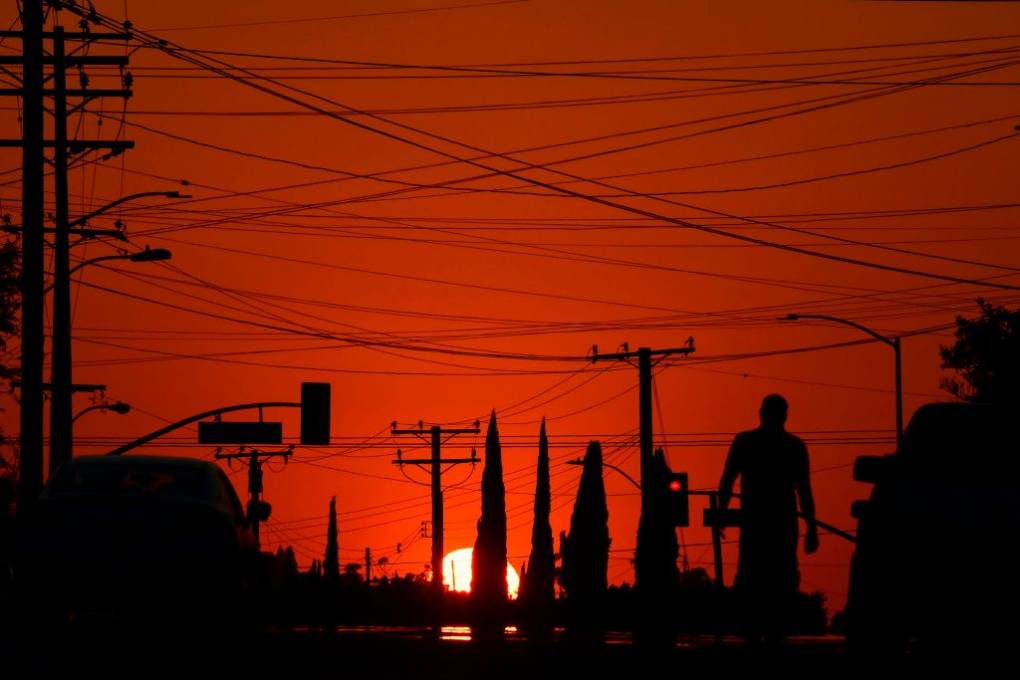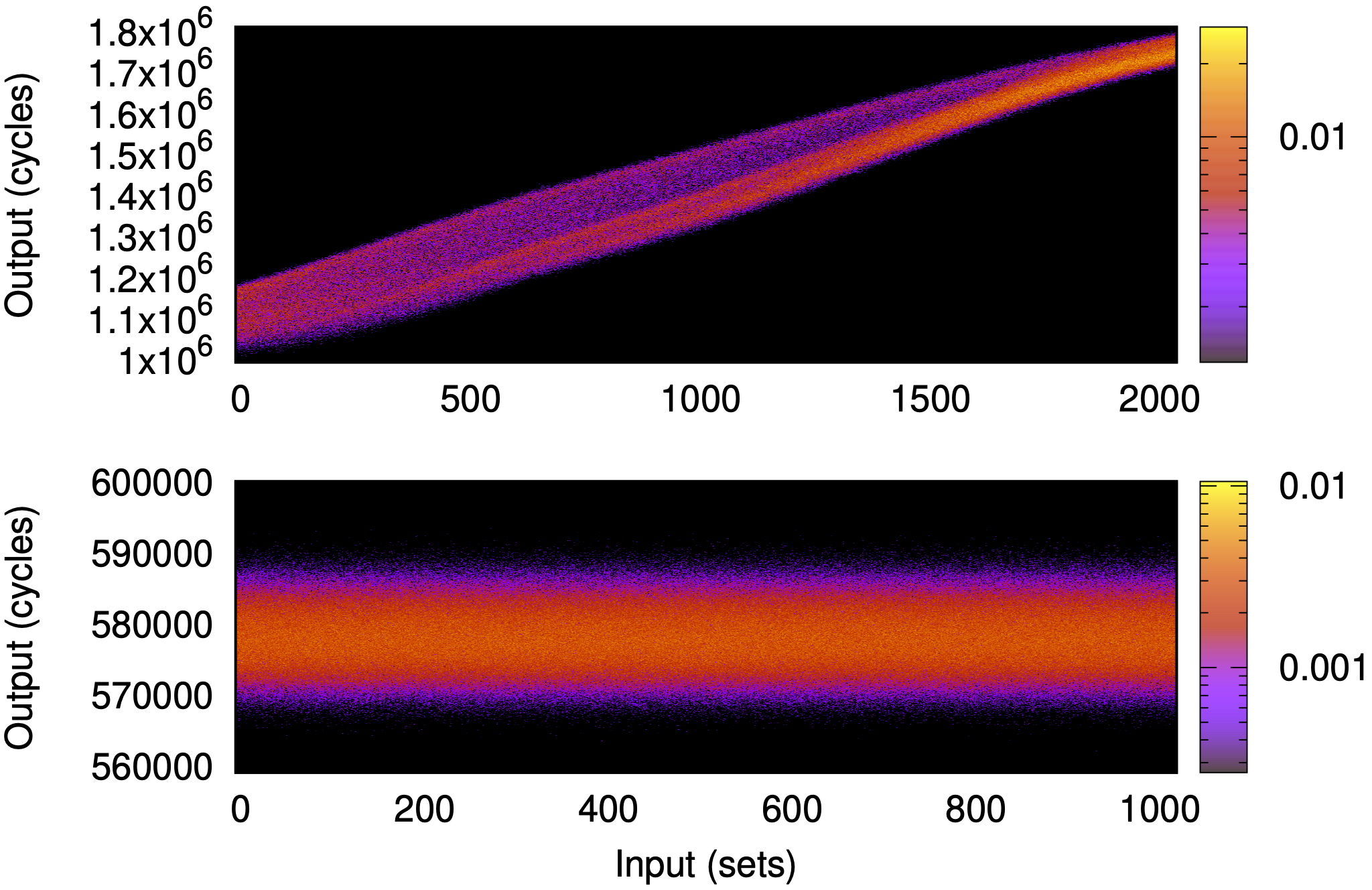
The state of next-generation geothermal energy | Eli Dourado
What would we do with abundant energy? I dream of virtually unlimited, clean, dirt-cheap energy, but lately, we have been going in the wrong direction. As J. Storrs Hall notes, in 1978 and 1979, American per capita primary energy consumption peaked at 12 kW. In 2019, we used 10.2 kW of primary energy (and in 2020, we used 9.4 kW, a figure skewed by the pandemic economy). We are doing more with less, squeezing out more value per joule than ever before. But why settle for energy efficiency alone? With many more joules, we could create much more value and live richer lives.
A benefit of climate change is that lots of smart people are rethinking energy, but I fear they aren’t going far enough. If we want not just to replace current energy consumption with low-carbon sources, but also to, say, increase global energy output by an order of magnitude, we need to look beyond wind and solar. Nuclear fission would be an excellent option if it were not so mired in regulatory obstacles. Fusion could do it, but it still needs a lot of work. Next-generation geothermal could have the right mix of policy support, technology readiness, and resource size to make a big contribution to abundant clean energy in the near future.
Let’s talk about resource size first. Stanford’s Global Climate and Energy Project estimates crustal thermal energy reserves at 15 million zetajoules. Coal + oil + gas + methane hydrates amount to 630 zetajoules. That means there is 23,800 times as much geothermal energy in Earth’s crust as there is chemical energy in fossil fuels everywhere on the planet. Combining the planet’s reserves of uranium, seawater uranium, lithium, thorium, and fossil fuels yields 365,030 zetajoules. There is 41 times as much crustal thermal energy than energy in all those sources combined. (Total heat content of the planet, including the mantle and the core, is about three orders of magnitude higher still.)
Leave a Comment
Related Posts

During Rolling Blackouts Last Summer, California Kept Exporting Power Out of State. There's Still No Permanent Fix
Comment

























